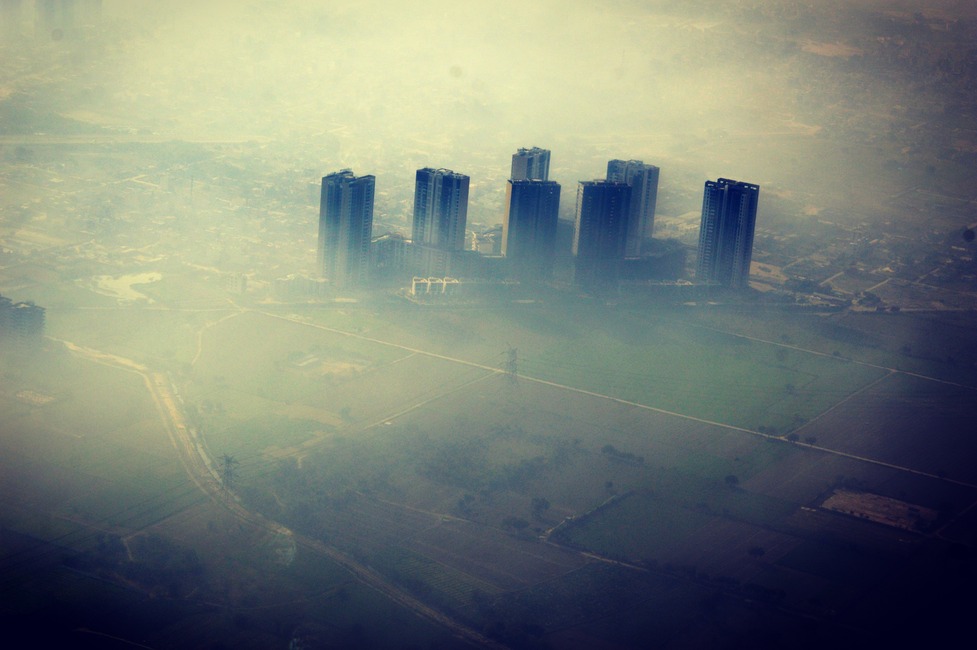
India needs to address the twin issues of urban air pollution and climate change, which are intertwined to a great extent, on an emergency footing as extreme weather events become more frequent
Climate change is no longer a distant phenomenon relegated to scientific discussions; it has become a pressing reality that affects millions of lives globally. In India, the severe degradation of air quality in major metros like Delhi and Mumbai has sparked serious health concerns. In November 2024, the air quality in Delhi deteriorated 23 times over the limits prescribed by the World Health Organisation.
Environmental scientists say that Delhi’s air turns rancid at the onset of winter due to multiple factors, which include climate change, such as sudden decrease in wind speeds during that time of year which is triggered by sharp thermal inversion that results in suspension of moisture aerosols. These tiny molecules of water then combine with construction dust, smoke from paddy stubble burning across north India states, vehicular emissions, and waste burning to cast a pall pall of deadly smog over the national capital.
India is among the countries most vulnerable to climate change effects. With its diverse geography, growing population, and dependence on climate-sensitive sectors like agriculture, the impact of climate change on India is profound. Stretching from the towering Himalayas in the north to the vast coastline in the south, India experiences a wide range of climatic conditions. However, rising temperatures, unpredictable monsoons, and an increase in extreme weather events are disrupting this natural equilibrium.
India has witnessed a steady increase in average temperatures over the past century. According to the India Meteorological Department (IMD), the country’s average temperature has risen by approximately 0.7°C between 1901 and 2018. Projections from the Inter governmental Panel on Climate Change (IPCC) indicate that if global emissions continue at their current rate, India could experience a temperature rise of up to 4.4°C by the end of the century.
The repercussions of rising temperatures are already evident. In 2019, a severe heatwave swept across northern India, with temperatures soaring above 50°C in Rajasthan. Heatwaves have become more frequent and intense, posing significant risks to public health, agriculture, and labour productivity. According to the Lancet Countdown on Health and Climate Change report, released in October 2024, loss of income from reduction in labour productivity in 2023 was estimated at $141 billion. The agriculture sector suffered the most with potential losses amounting to $71.9 billion due to loss of labour hours on account of high temperatures.
According to the IMD, the country’s average temperature has risen by approximately 0.7°C between 1901 and 2018. Projections from the Intergovernmental Panel on Climate Change indicate that if global emissions continue at their current rate, India could experience a temperature rise of up to 4.4°C by the end of the century
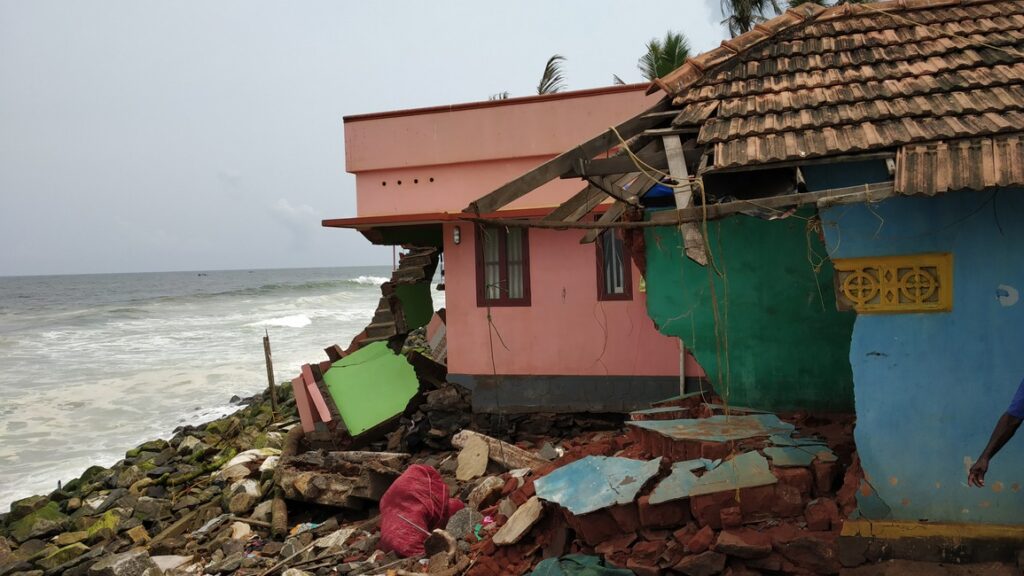
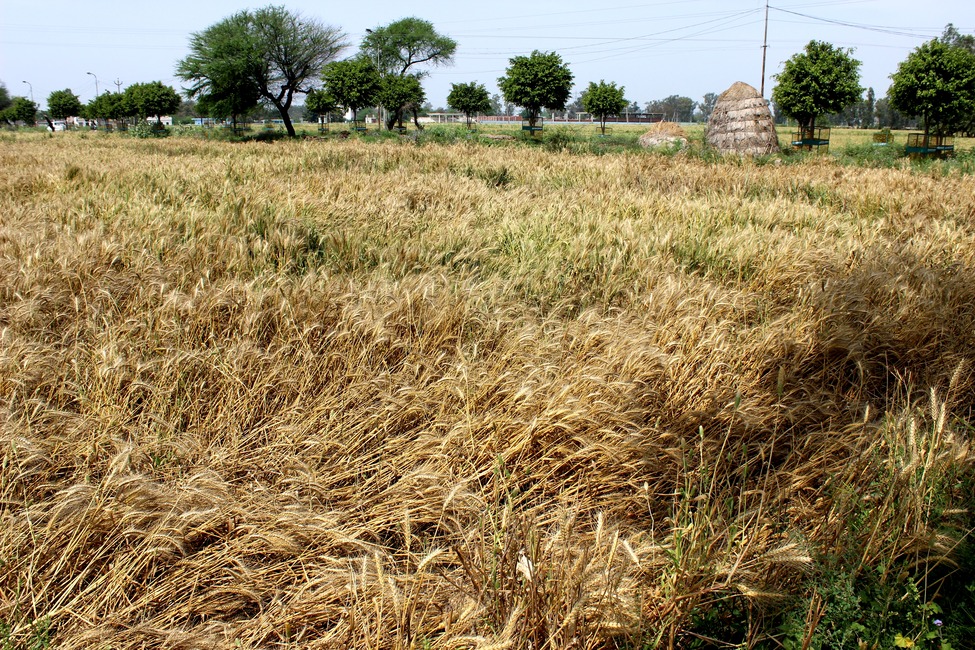
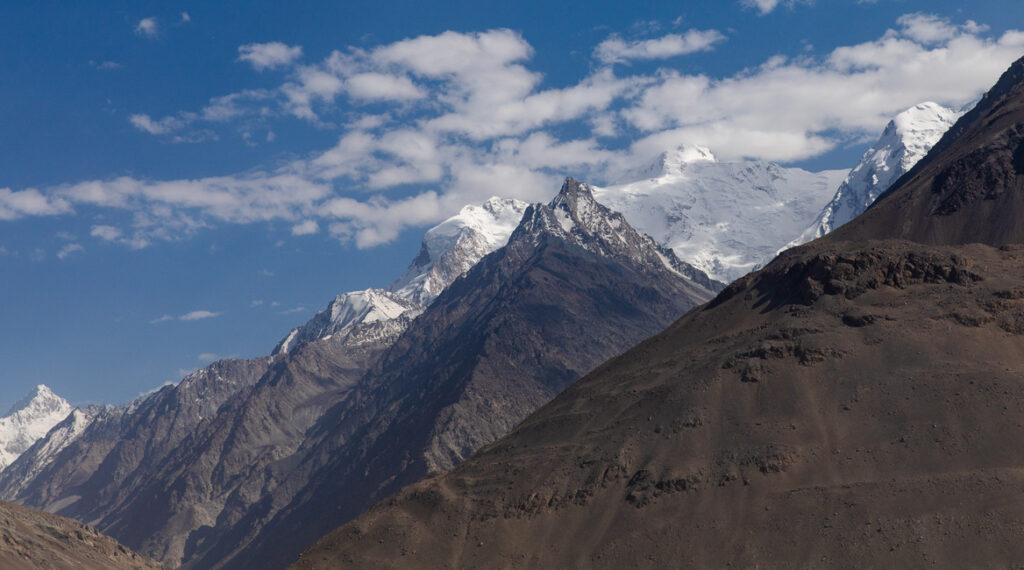
(From top) Coastal areas in Kerala are witnessing massive erosion due to rising sea levels; the wheat in Haryana suffered extensive damage in 2023 due to unseasonal rains; Himalayan glaciers are fast melting due to rising temperatures, threatening a vital source of freshwater
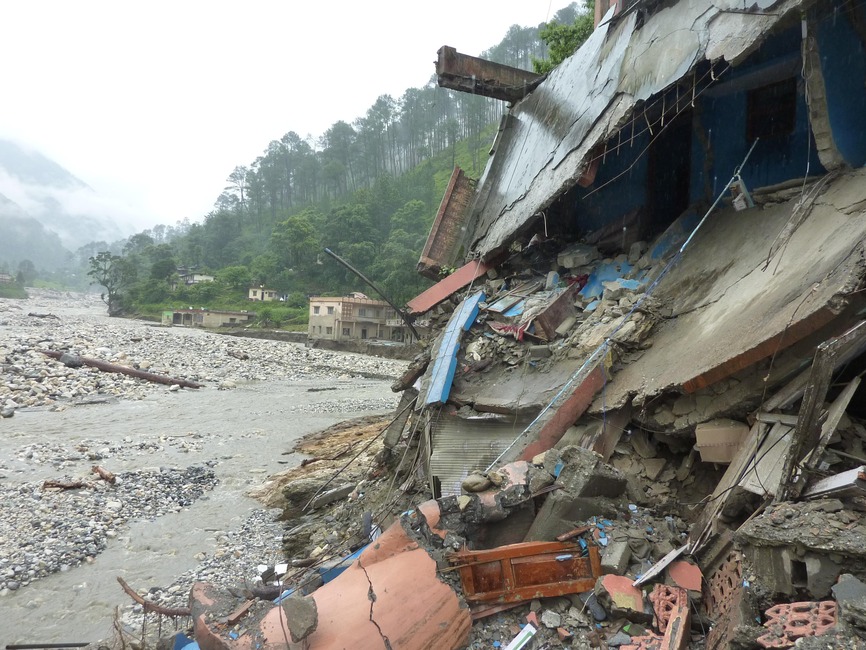
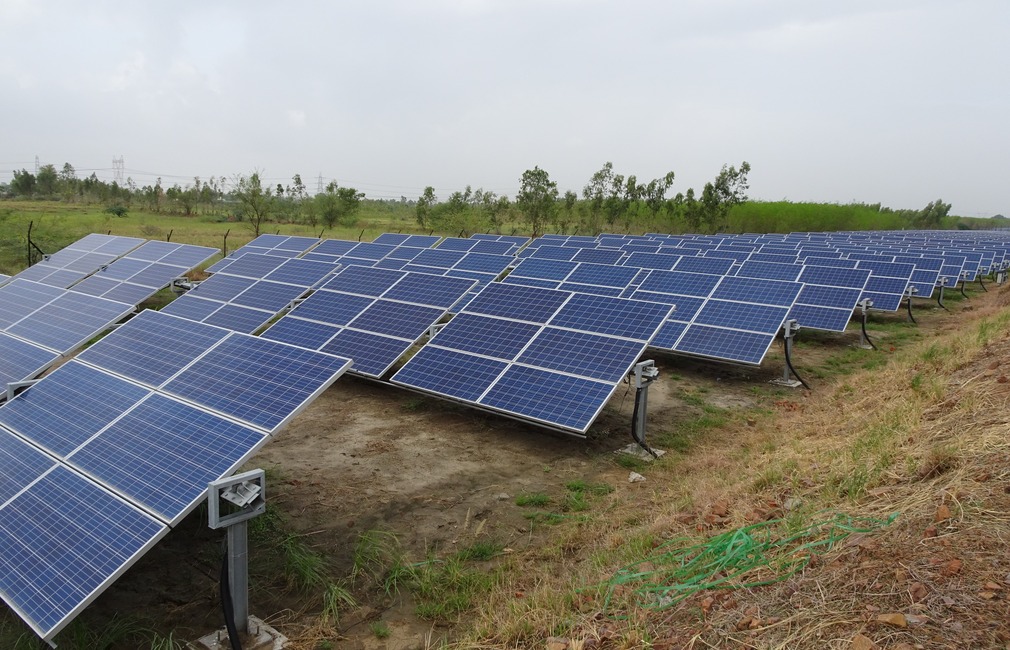
The Uttarakhand flash flood of 2013 was caused by an extreme weather event, resulting in extensive loss of life and property
For India, transitioning to renewable energy has become a national imperative
Omnipresent Threats
The summer monsoon season, which accounts for nearly 70% of India’s annual rainfall, is becoming increasingly unpredictable. Erratic rainfall patterns have led to prolonged dry spells in some regions and devastating floods in others. The IMD reported that 2019 saw the heaviest monsoon rains in 25 years, causing widespread flooding in states like Maharashtra, Karnataka, and Kerala. On the other hand, states like Tamil Nadu and Rajasthan frequently grapple with drought-like conditions.
Water scarcity is another critical issue exacerbated by climate change. The NITI Aayog’s Composite Water Management Index (CWMI) highlights that 21 major cities, including Delhi and Bengaluru, are expected to run out of groundwater by 2030. The melting of Himalayan glaciers due to rising temperatures further threatens the water supply for millions who rely on rivers originating from these glaciers.
Agriculture, which employs nearly 42% of India’s workforce and contributes about 17-18% to the GDP, is highly vulnerable to climate change. Rising temperatures, shifting rainfall patterns, and extreme weather events have disrupted crop cycles and reduced yields. The Economic Survey of India 2017-18 estimated that farmers’ incomes could drop by up to 25% in unirrigated are as due to climate variability.
For instance, the cultivation of staple crops like wheat and rice is under threat. A study published in the journal Nature Communications in 2019 projected that wheat yields in India could decline by 6-23% by 2050 if global warming continues unabated.
Similarly, rice production could face significant challenges due to increased flooding and salinization of soil in coastal areas.
India’s 7,500-km coastline is home to over 170 million people and several critical economic hubs, including Mumbai, Chennai, and Kolkata. Rising sea levels, driven by global warming, pose a significant threat to these regions. The IPCC’s Sixth Assessment Report warns that sea levels along the Indian coastline have risen by 3.3 mm per year between 1993 and 2017. The consequences are already visible. Coastal erosion, salt water intrusion into freshwater resources, and the submergence of low lying areas are becoming increasingly common. The Sun darbans, a UNESCO World Heritage Site and a critical biodiversity hotspot, is losing land at an alarming rate, threatening both human and wildlife populations.
According to the Lancet Countdown on Health and Climate Change report, released in October 2024, loss of income from reduction in labour productivity in 2023 was estimated at $141 billion. The agriculture sector suffered the most with potential losses amounting to $71.9 billion due to loss of labour hours on account of high temperatures
Pathways To Mitigation
Addressing the challenges posed by climate change requires a multi-pronged approach.
India, as one of the world’s largest green house gas emitters, has a pivotal role to play in global climate action. At the same time, it must build resilience to adapt to the inevitable impacts of a warming planet.
Transitioning to renewable energy for mass consumption is a good start. India has made significant strides in renewable energy in recent years. As of 2023, the country’s installed renewable energy capacity stands at over 120 GW, including 67 GW of solar and 43 GW of wind energy. The government aims to achieve 500 GW of non-fossil fuel capacity by 2030 under its Nationally Determined Contributions (NDCs) to the Paris Agreement.
Solar energy, in particular, has immense potential. Initiatives like the Inter national Solar Alliance (ISA), spearheaded by India, aim to promote solar power adoption globally. Rooftop solar installations, solar parks, and decentrallised renewable energy systems are crucial components of
this strategy. To combat water scarcity, India needs to prioritise efficient water management practices. Rainwater harvesting, groundwater recharge, and the adoption of water-saving technologies in agriculture, such as drip irrigation, can significantly reduce water wastage. Programmes like the Atal Bhujal Yojana focus on sustainable groundwater management and community participation. Additionally, restoring and conserving natural ecosystems, such as wetlands and forests, can enhance water retention and reduce the impact of floods and droughts.
Farmers need access to climate-resil ient crop varieties and advanced weather forecasting systems to adapt to changing
climatic conditions. The Indian Council of Agricultural Research (ICAR) is working on developing drought-resistant and heat-tolerant crops to safeguard food security. Moreover, diversifying income sources for farmers through agroforestry, livestock rearing, and non farm activities can reduce their dependence on climate-sensitive crops. Policies like the Pradhan Mantri Fasal Bima Yojana (PMFBY) provide crop insurance to protect farmers against losses due to extreme weather events.
India’s cities, which are expected to house over 600 million people by 2030, need robust infrastructure to withstand climate impacts. Green buildings, improved drainage systems, and urban afforestation can mitigate the urban heat island effect and reduce vulnerability to floods. Smart city initiatives must incorporate climate resilience into their planning, ensuring that future urban growth aligns with sustainability goals.
India has made significant strides in renewable energy in recent years. As of 2023, the country’s installed renewable energy capacity stands at over 120 GW, including 67 GW of solar and 43 GW of wind energy. The government aims to achieve 500 GW of non-fossil fuel capacity by 2030 under its Nationally Determined Contributions to the Paris Agreement
India’s leadership in international climate forums, such as the Conference of the Parties (COP) to the UNFCCC, is critical. By advocating equitable climate financing
and technology transfer, India can ensure that developing countries have the resources needed to transition to low-carbon economies. Domestically, stringent enforcement of environmental regulations, coupled with incentives for clean energy adoption and sustainable practices, can accelerate the transition to a greener future.
While the challenges posed by climate change in India are immense, they are not insurmountable. The country’s rich tradition of environmental stewardship, combined with modern technological advancements, offers a roadmap for sustainable development. However, time is of the essence. Every fraction of a degree of warming avoided can save lives, protect livelihoods, and preserve ecosystems. By embracing a holistic approach that combines mitigation, adaptation, and resilience building, India can not only safeguard its future but also serve as a global leader in the fight against climate change.


Add Comment